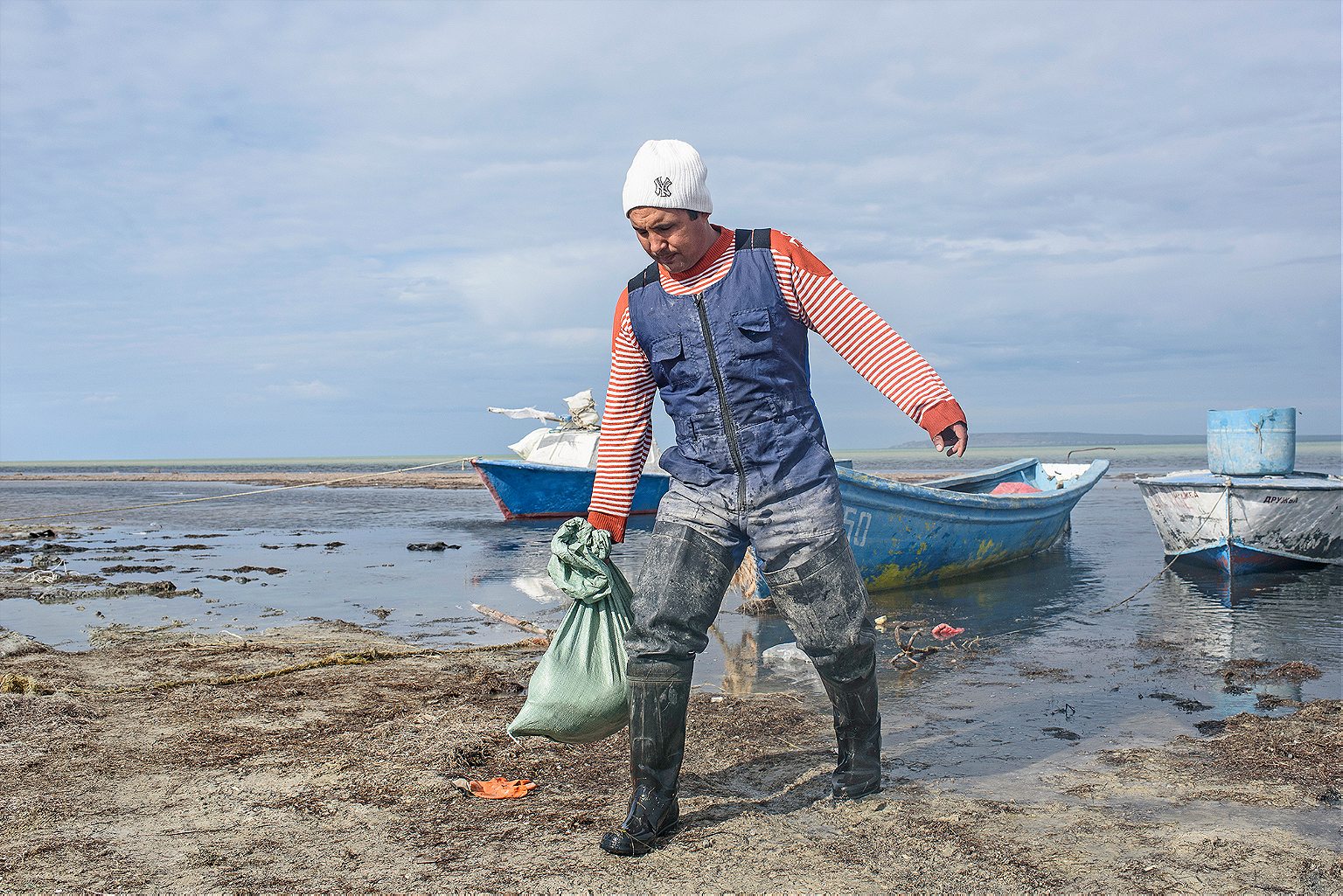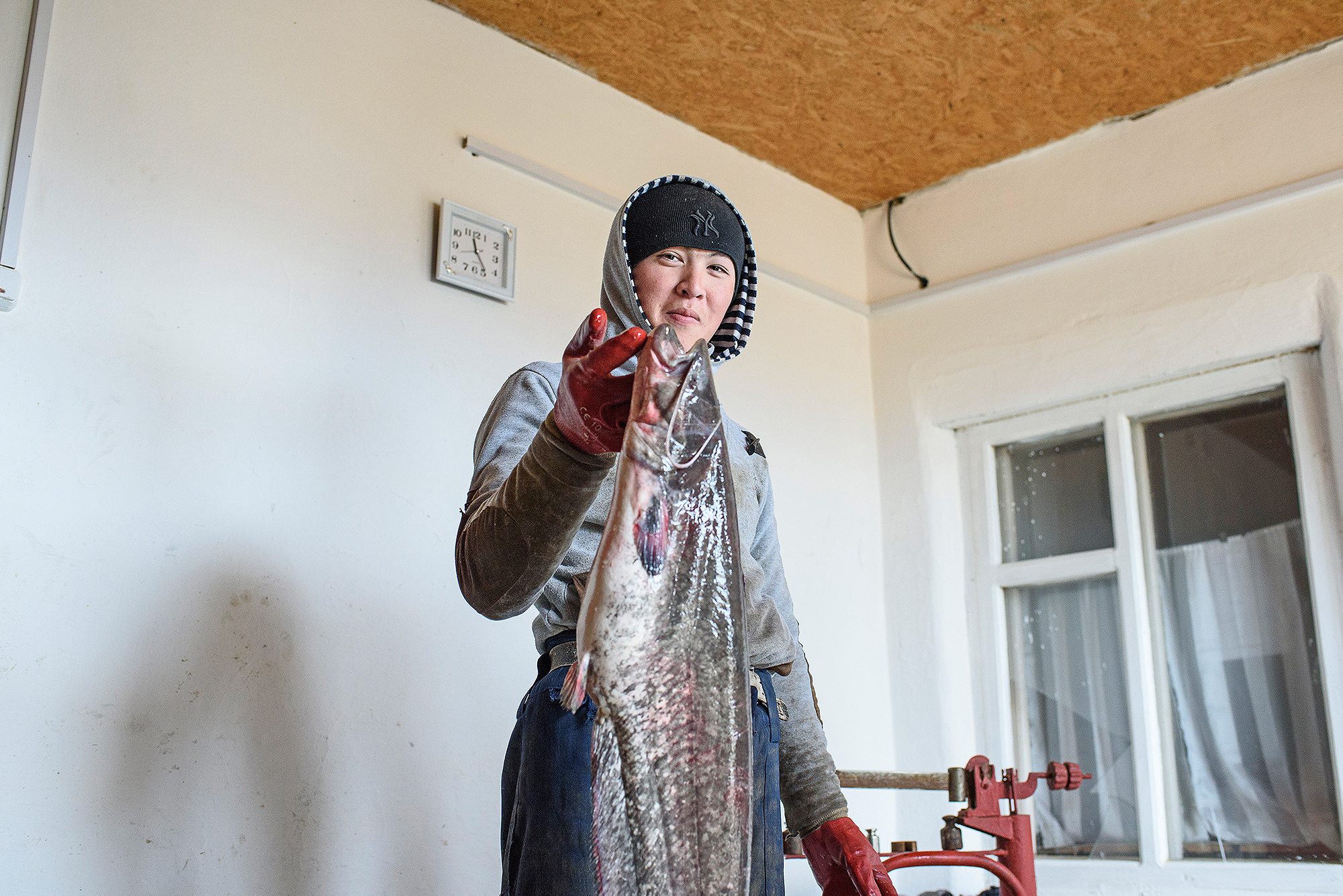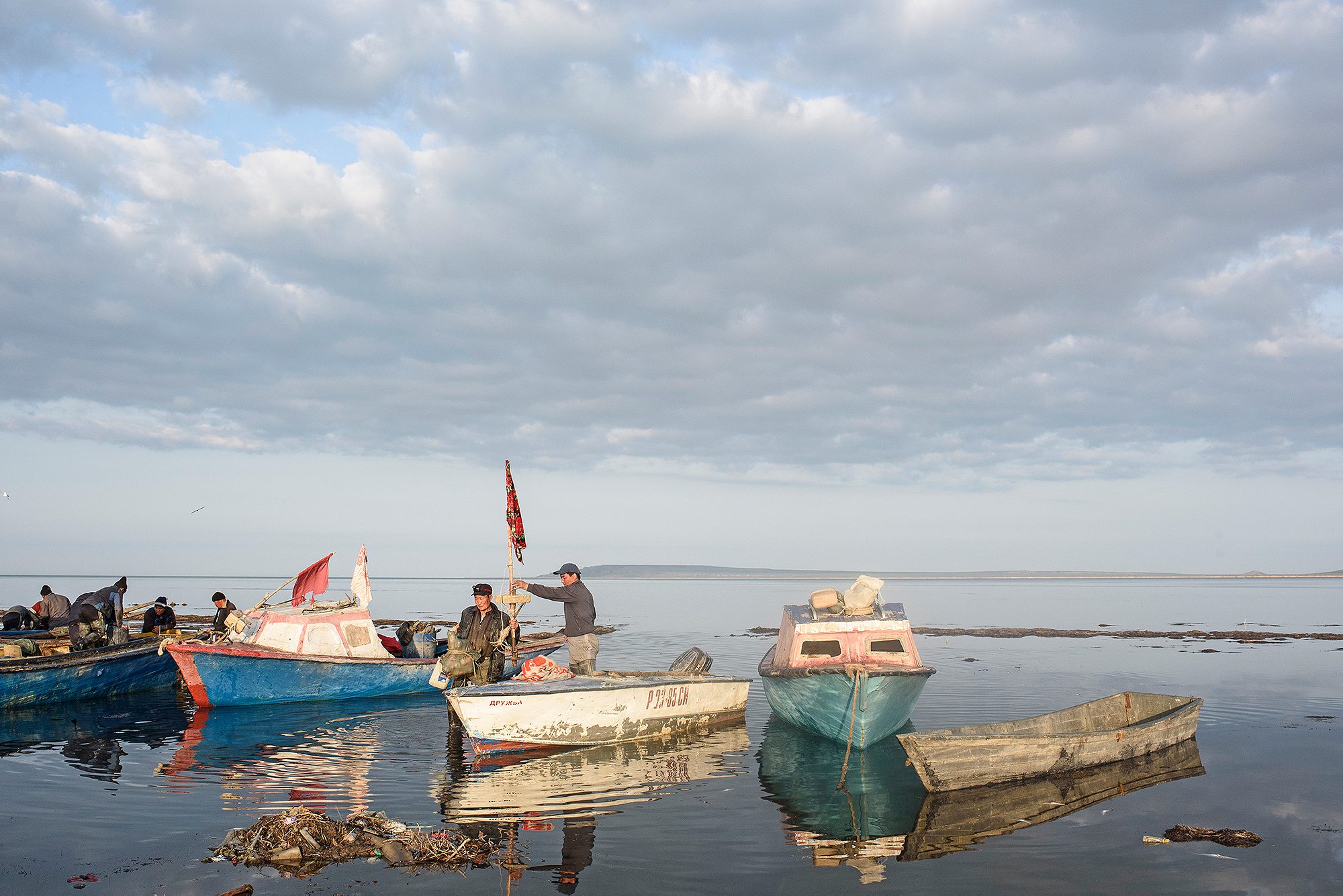The Aral Sea was once considered an ecological disaster, but now the fish are back.
Once the world’s fourth-largest lake, the Aral Sea started disappearing after Soviet-era irrigation projects rerouted Central Asia’s two largest rivers. Over 40 years, the Aral Sea separated into two lakes, the North Aral Sea and the South Aral Sea, sectioned by a salt desert. The water’s salinity increased and the fish began to die. Thousands of people lost their livelihoods as the environment began to deteriorate severely.
But today, the fish are back in Tastubek, a small village in Kazakhstan that sits along the North Aral Sea. More than 15 different fish species have re-emerged in the north, putting the region’s men back to work. The fishing industry has expanded from 600 tons of seafood harvested in 1996 to 7,200 tons today.



This is thanks to the completion of the Kokaral Dam in 2005.
The eight-mile Kokaral Dam, which was financed by the World Bank, marked a new beginning for the depleted region. By accumulating water into the Northern Aral part of the lake, it has already started to restore the ecosystem, boosting the economy in the process.
Akerke and her husband, Nurzhan, moved to the village of Tastubek a few years ago. Although they face extreme weather in both winter and summer, they are able to make a living fishing, an industry that seemed doomed in this region until recently.



